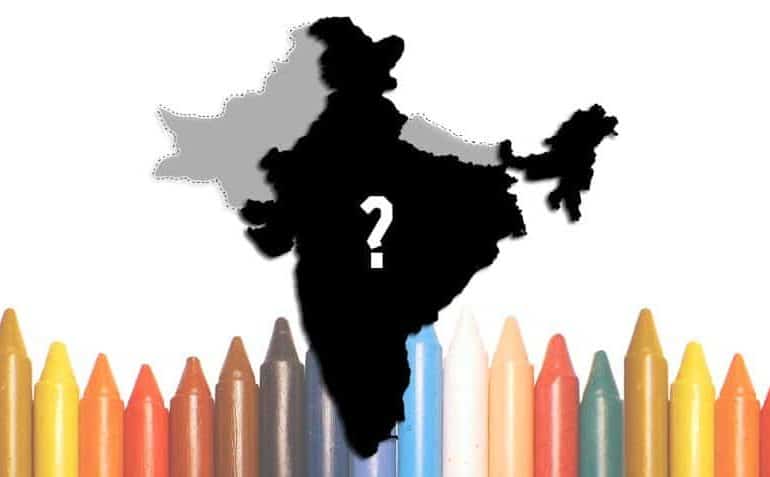The following piece may be upsetting for some readers. TW// violence, racism, racial discrimination.
On September 20, 2023, a racially-motivated attack in Vijayanagara left a North-Eastern student from Hindu College critically injured on his way to a football match, leading to the team’s match forfeiture. The incident prompted condemnation and calls for unity against discrimination against Northeast students and individuals in Delhi.
On September 20, 2023, a football match was scheduled to occur at the DDA Sports Ground in Vasant Kunj, Delhi, with the combined teams of Hindu College and Ramjas College against Hansraj College. Unfortunately, en route to the match, the football captain, a North-Eastern student from Hindu College, was brutally assaulted in a racially motivated attack by a mob in New Gupta Colony, Vijayanagara.
On the way to the metro station, the student was subjected to derogatory racial slurs. Following a verbal altercation, a group of local individuals arrived on a motorcycle and escalated the situation further. The victim was physically attacked with a knife, sustaining injuries to his neck, forehead, and facial areas. The severity of the attack left him in critical condition, requiring immediate medical attention.
The authorities have identified the four perpetrators and arrested them accordingly. Due to the attack, the football team was forced to forfeit the match as well, resulting in their disqualification from further participation in the tournament. A witness who observed the incident from their balcony, remarked:
Everything unfolded in the blink of an eye… Surprisingly, very few individuals rushed to assist, and by that time, it was nearly over.
In light of the incident, the North-East Cell of Hindu College issued a statement condemning the incident and urging concerned authorities to take strict action. In a post on Instagram dated September 20, 2023, they made the following statement:
We are deeply saddened and outraged by the racially motivated attack against a North-eastern student from Hindu College. Such acts of violence and discrimination have no place in our society as a whole. In the face of hatred, we must unite as a community to fight against racism, discrimination, and violence and hatred.
Several organisations, including SFI Hindu College, WDC Hindu College, and the North East Society of Zakir Hussain Delhi College (M), have issued statements in solidarity with the victim. The North-East Cell of Hindu College has issued a statement requesting everyone to respect the privacy of the survivor.
We kindly urge everyone to refrain from sharing any images or information pertaining to this situation. We acknowledge that certain individuals are disseminating such content, so please remain vigilant in safeguarding the survivor’s privacy and preventing any disrespectful conduct. The relevant authorities are actively addressing this issue, and we are committed to ensuring that the perpetrators face the most severe penalties possible.
This incident is not an isolated one but rather sheds light on the discrimination faced by Northeastern students and individuals in Delhi. Another student from Hindu College urged,
I personally am deeply distressed and agitated by the incident happening today since I have faced the same kind of racism in Delhi. This victim is a warrior, a true hero who fights not just for himself but all NE students who have been racially abused, mocked and ridiculed. What I want to let you all know is that being students of DU, such kind of actions show a person’s lack of respect towards other humans and the intention to hurt their sentiments. I’m not asking for any special care and pampering here but let us all treat each other equally with truth, justice and peace.
Read also: Hill vs Valley: Humanitarian Catastrope through the Eyes of Manipuri Students
Featured Image Credits: DU Beat Photo Archive
Sri Sidhvi Dindi
[email protected]




